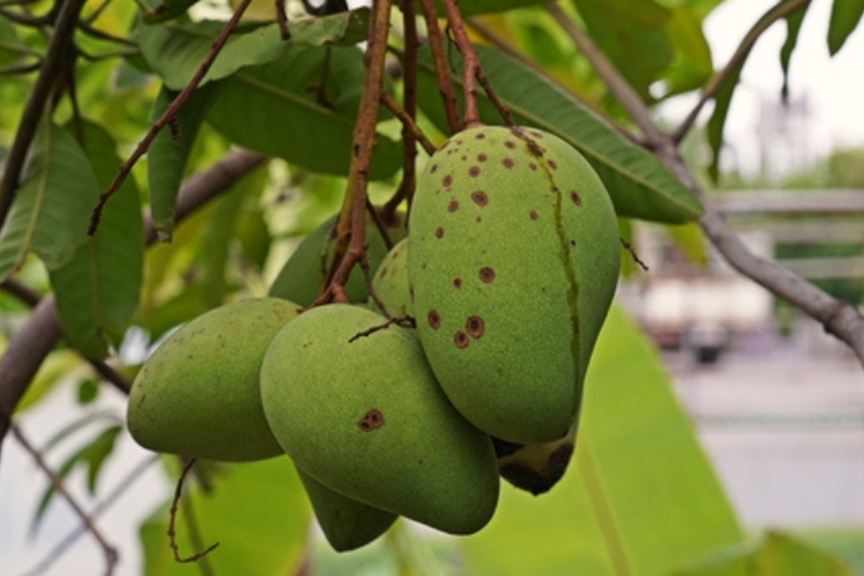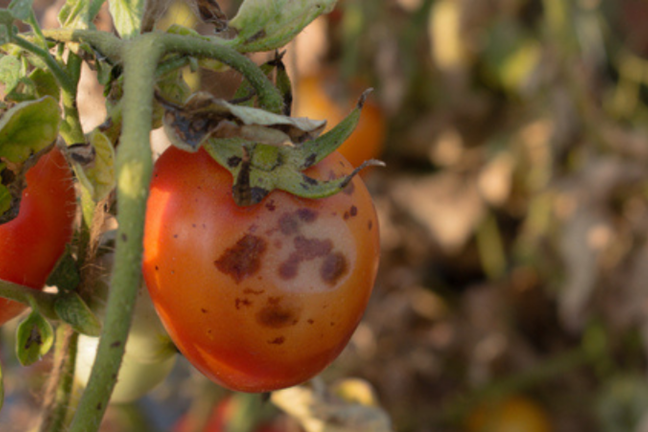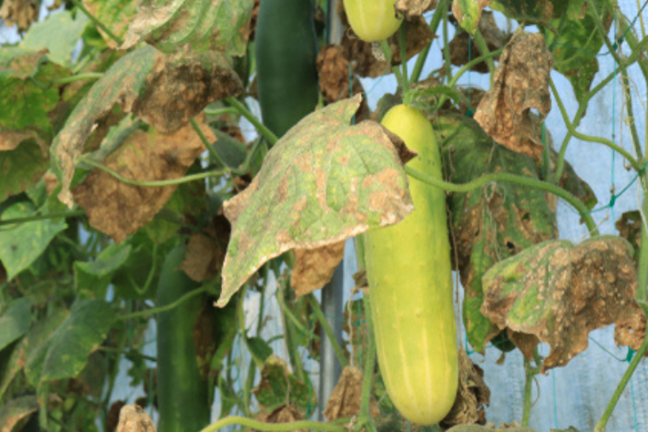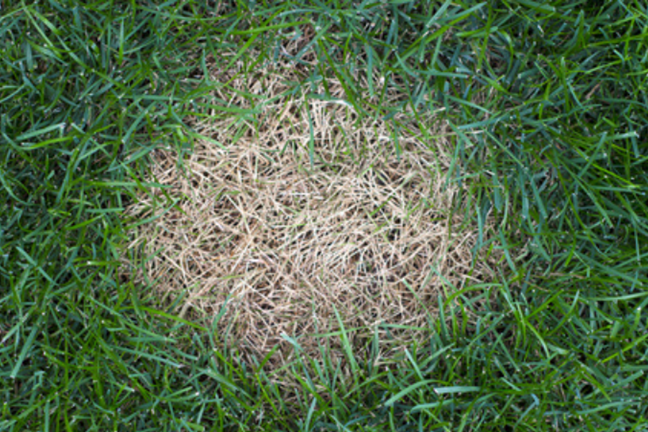Anthracnose Control in Your Garden
Colletotrichum spp., Microdochium panattonianum, Sphaceloma rosarum, Elsinoe ampelina

Colletotrichum spp., Microdochium panattonianum, Sphaceloma rosarum, Elsinoe ampelina

The fungal pathogens survive on dead plant material, so remove during and at the end of the growing season to prevent the disease spreading. The disease favours warm or cool, humid conditions. To reduce the risk of infection, avoid overhead watering and use disease-free seeds. To control the disease, prevention is key. Spray early in the season or as directed with suitable fungicide.
Anthracnose is a common and widespread disease of both edible and ornamental plants. It is caused by various fungal pathogens that can infect the roots, stems, leaves and/or fruit. Depending on the pathogen, the disease can be prevalent in cool or warm, humid weather. The fungal spores are spread via water droplets, but can also be easily dispersed by wind, insects, animals, humans, and machinery.

Symptoms vary between host plants. Generally, dark sunken spots or lesions appear on foliage, stems and/or fruit. The spots or lesions are normally bordered with a water-soaked edge and if left untreated, eventually coalesce to form large irregular dark patches. In moist humid conditions, masses of orange-pink spores form on the spots, followed by black fruiting bodies. If immature fruit are infected, symptoms don't show until fruit ripens or after harvest.
Small brown-black spots appear on leaves, typically near or along the leaf margin. The spots may enlarge and centres eventually dry and fall out, giving the leaves a shot hole appearance. Black lesions appear on young fruit and may cause premature fruit drop. On mature fruit, small to large glossy black spots appear on the skin and if conditions are warm and humid, orange-pink spores form on the damaged tissue.
The fungus infects stems, leaves, and fruit, but symptoms are not evident until the tissue becomes injured through natural or mechanical wounds. Small brown-black angular spots appear on leaves and as they mature, the centres become dry and fall out. Infected stems rot near the site of infection and continue to spread throughout the stem, often leading to stem rot. On fruit, brown or black spots may appear over the skin, but are usually dormant. If the spots become active, the infection enlarges and spreads to the flesh and can cause premature fruit drop. However, the disease can continue to appear dormant while on the tree, and only become active well after harvest, spreading to the inner flesh and preventing it from being edible.
Often mistaken for black spot (see Rose Black Spot) due to the size, shape, and colour of the spots. However, anthracnose lesions are typically smaller with more angular margins. Plus, the centres of the spots dry and eventually drop out. Leaves may turn red or yellow and drop.
Small dark brown angular lesions appear on the leaves, often causing the leaves to twist and distort. As the lesions age, the centres become grey and eventually drop out. On stems, small irregular grey patches with brown-black margins appear. They may join and form large lesions, which can eventually girdle and kill the stem. Small brown spots appear on infected fruit.
Small sunken water-soaked spots appear on ripening or ripe fruit. The centres may blacken and eventually cause the whole fruit to rot.
Irregular reddish-brown patches appear in the lawn that become yellow and tan-coloured as the older leaves die. The dead patches can easily be removed and are often blackened at the base of the stem. In warm wet and humid conditions, masses of pink spores can be seen on the damaged tissues.

